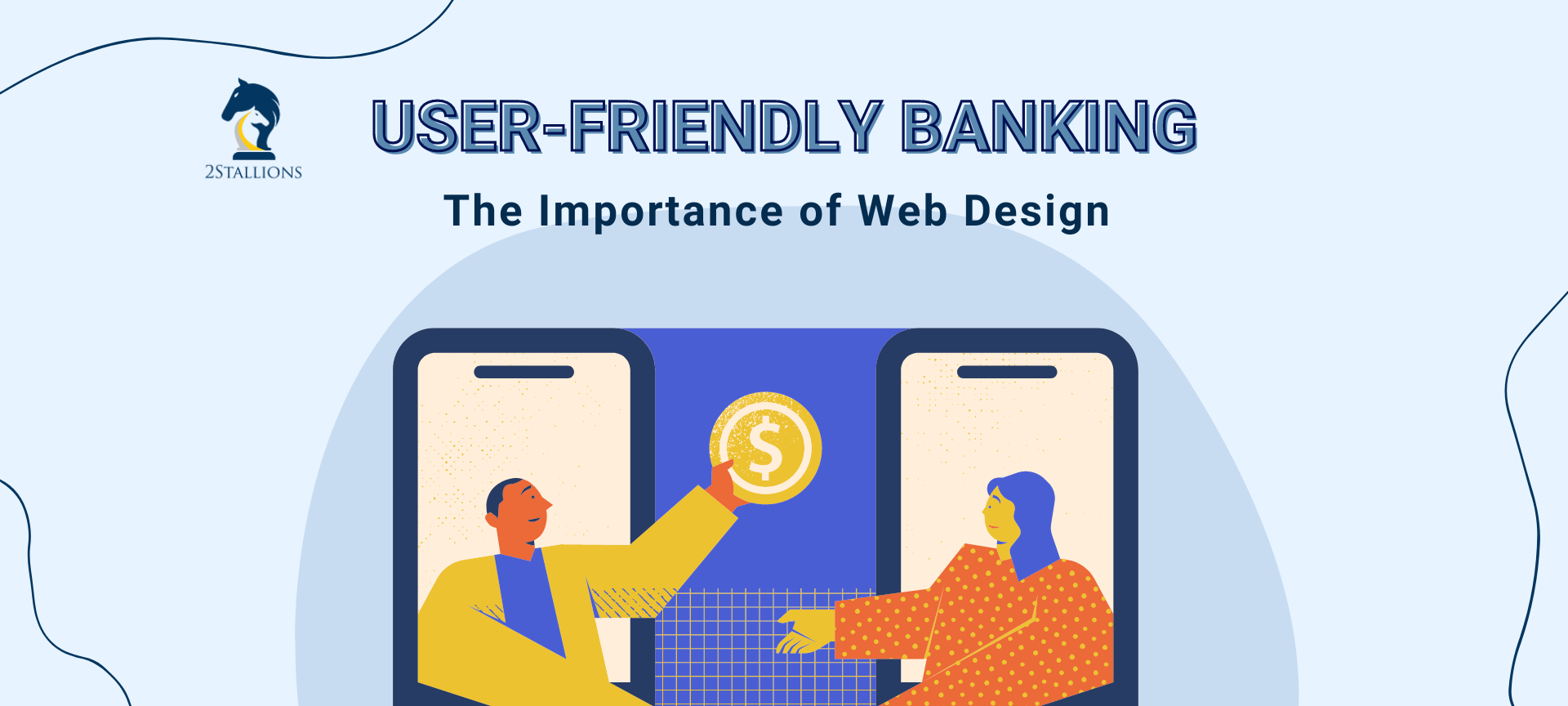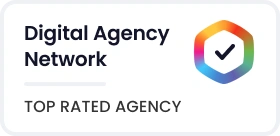Content
SHARE

User-friendly banking has become a pivotal aspect of modern banking services. In today’s digital age, where convenience and efficiency are paramount, banks must prioritise the usability and accessibility of their online platforms. The advent of user-friendly banking interfaces has revolutionised the way customers interact with their financial institutions.

(Source: Dash Devs )
Understanding The Concept Of User-Friendly Banking
At its core, user-friendly banking refers to the ease with which customers can navigate and utilise banking services online. It encompasses various aspects, including the intuitiveness of the interface, the accessibility of information, and the overall user experience. In essence, user-friendly banking simplifies and streamlines the banking process for customers, ensuring that their needs are met effortlessly.
Defining User-Friendly Banking
User-friendly banking can be defined as implementing design principles and user-centric approaches that prioritise ease of use and accessibility. It involves creating visually appealing, intuitive, and responsive interfaces, thus enhancing the overall user experience.
The Evolution Of User-Friendly Banking
User-friendly banking has come a long way since the early days of clunky online portals. Banks have made significant progress in understanding customer needs and adapting their digital platforms accordingly. From simple balance inquiries to complex financial transactions, user-friendly banking interfaces now offer many features designed to meet the diverse needs of customers.
The adoption of user-friendly banking practices has been driven by technological advancements, changing customer expectations, and increasing competition within the banking industry. To remain relevant, banks must continuously innovate and refine their online interfaces to provide customers with seamless banking experiences.
One notable aspect of user-friendly banking is the integration of personalised features. Banks now employ sophisticated algorithms and data analytics to offer their customers tailored recommendations and financial insights. Banks can provide personalised suggestions for saving money, investing, or managing debt by analysing transaction patterns and spending habits. This level of customisation not only enhances the user experience but also helps customers make informed financial decisions.
Moreover, user-friendly banking interfaces have also embraced the concept of gamification. By incorporating game-like elements, such as progress bars, achievements, and rewards, banks can make the banking experience more engaging and enjoyable for customers. This approach encourages users to manage their finances actively and fosters a sense of achievement and satisfaction.
( Source: Faster Capital )
The Role Of Web Design In Banking
Web design plays a crucial role in shaping the user experience within the digital banking landscape. A practical and well-designed website can significantly enhance customer satisfaction, engagement, and loyalty.
How Web Design Impacts User Experience
A visually appealing and functional website helps customers navigate diverse banking services effortlessly. Clear and intuitive navigation menus, prominently displayed call-to-action buttons, and responsive design contribute to a positive user experience. The layout should be neat, uncluttered, and consistent, ensuring customers can quickly locate the required information or services.
Moreover, web design can create a sense of trust and security in online banking. Users can feel confident conducting their financial transactions online by incorporating encryption technology, secure login processes, and visible security certifications.
Additionally, web design influences the speed and performance of a banking platform. Quick loading times, minimal downtime, and smooth transactional processes are fundamental to fostering trust and confidence in online banking. A slow or unreliable website can lead to frustration and even drive customers away from competitors.
Key Elements Of Effective Banking Web Design
Several key elements contribute to successful banking web design:
- Visual Appeal: Aesthetically pleasing colour schemes, imagery, and typography create an engaging and visually stimulating experience. The colours can also evoke emotions and reinforce the bank’s brand identity.
- Simple Navigation: Intuitive menus and navigation bars enable customers to quickly find information and complete tasks. Well-organised categories and subcategories can help users locate specific services or products quickly.
- Mobile Responsiveness: Given the rise of mobile banking, websites must be optimised for mobile devices, ensuring seamless functionality across different screen sizes. The mobile-responsive design allows customers to access their accounts and perform transactions on the go.
- Accessible Information: Bank policies, product details, and contact information should be readily available and easily accessible to customers. Clear explanations and FAQs can help users understand the bank’s offerings and make informed decisions.
- Personalisation: Customisable features that allow customers to tailor their banking experience according to their preferences can enhance satisfaction and loyalty. Personalised dashboards, account settings, and notifications can make customers feel valued and understood.
The Connection Between User-Friendly Banking And Web Design
Web design and user-friendly banking are intrinsically linked, with the former acting as a fundamental enabler of the latter.
When it comes to user-friendly banking, the design of a website plays a crucial role in shaping the overall customer experience. A well-thought-out and visually appealing website can make navigating through financial services a breeze for customers, leading to increased satisfaction and loyalty.
Enhancing Banking Experience Through Web Design
An intuitive and visually pleasing website design directly enhances customer satisfaction and engagement. Banks can create positive and memorable customer experiences by focusing on interface usability. These experiences, in turn, promote customer loyalty and advocacy.
Furthermore, incorporating responsive design elements into online banking platforms ensures customers can access their accounts seamlessly across various devices, from desktop computers to smartphones and tablets. This adaptability enhances user experience and reflects a bank’s commitment to staying current with technological trends.
The Impact Of Web Design On Banking Operations
Effective web design is not only beneficial for customers but also improves banking operations. Streamlined user interfaces reduce the need for customer support inquiries, minimising costs and enhancing operational efficiency. Furthermore, robust web design allows banks to rapidly introduce new services and features, adapting to evolving customer demands and emerging technologies.
Moreover, web design positively impacts marketing efforts by promoting brand credibility and differentiation. A well-designed website acts as a platform to communicate the bank’s values, products, and services effectively.
Overall, the intricate relationship between user-friendly banking and web design underscores the importance of investing in a digital presence that prioritises functionality and aesthetics.
( Source: Avenga )
The Future Of User-Friendly Banking And Web Design
As technology continues evolving, so will user-friendly banking and web design. Identifying and embracing future trends is vital to staying ahead in the rapidly changing digital banking landscape.
Predicted Trends In Banking Web Design
Responsive design will remain paramount as customers increasingly access banking services through smartphones and tablets. Voice recognition technology is also set to play a more significant role, enabling customers to interact with their banks through voice commands and natural language processing. Moreover, augmented reality and virtual reality experiences may offer innovative ways for customers to engage with their finances.
Imagine a future where you can speak to your banking app and have it carry out your financial transactions effortlessly. With voice recognition technology, the days of typing in account numbers and passwords could become a thing of the past. You could ask your banking app to transfer funds, pay bills, or even inquire about your account balance, all with just a few spoken words. This seamless integration of voice commands into banking web design will revolutionise how we interact with our finances.
Furthermore, augmented reality (AR) and virtual reality (VR) experiences hold tremendous potential for enhancing user-friendly banking. Picture this: you put on a VR headset and find yourself in a virtual bank branch, where you can explore different financial products and services in a visually immersive environment. With AR, you could point your smartphone at a bill and instantly see all the details on your screen, making bill payments quicker and more convenient. These technologies will make banking more engaging and interactive and give customers a deeper understanding of their financial options.
The Role Of Innovation In User-Friendly Banking
Innovation will be a key driver in shaping user-friendly banking practices. Banks must proactively seek new ways to improve customer experiences by leveraging emerging technologies and design principles. By embracing innovation, financial institutions can foster stronger customer relationships, promote financial literacy, and drive positive change within the industry.
One area where innovation is already making waves is in biometric authentication. Gone are the days of remembering multiple passwords or carrying around physical tokens. With fingerprint or facial recognition technology, customers can securely access their banking accounts with a simple touch or glance. This enhances security and provides a more convenient and user-friendly experience.
Moreover, the rise of artificial intelligence (AI) and machine learning has transformed how banks interact with customers. AI-powered chatbots are becoming increasingly sophisticated, providing instant and personalised customer assistance 24/7. These virtual assistants can help with various tasks, from answering basic queries to delivering financial advice tailored to individual needs. By harnessing the power of AI, banks can deliver exceptional customer service and streamline their operations.
In conclusion, user-friendly banking is essential in today’s digital era. Web design acts as a catalyst, enabling banks to deliver seamless and intuitive interfaces before priority satisfaction. By combining innovative web design with evolving customer expectations, banks can provide exceptional user experiences, foster loyalty, and lead the way in the ever-changing realm of user-friendly banking.
Frequently Asked Questions About User-Friendly Banking: The Importance of Web Design
Why is web design important for user-friendly banking?
Web design is crucial for user-friendly banking as it directly influences usability, accessibility, and customer satisfaction. A well-designed banking website ensures that all users, regardless of their tech-savvy, can easily navigate, find information, and perform transactions securely.
What elements make a banking website user-friendly?
Key elements of a user-friendly banking website include a clean and intuitive interface, easy navigation, accessible content, clear calls to action, responsive design for mobile devices, and robust security features to protect user data.
How does responsive web design improve online banking?
Responsive web design improves online banking by ensuring that the banking website is accessible and functional across all devices, such as smartphones, tablets, and desktops, providing a seamless experience regardless of how customers access their bank accounts.
What are the security considerations for banking web design?
Security considerations for banking web design include implementing strong encryption for data transmission, offering secure login measures like two-factor authentication, protecting against phishing and other security threats, and ensuring compliance with financial industry regulations.














